

Homemade nut and seed milk is a staple liquid that can be used in many different ways in the kitchen. It’s one of the first cooking techniques our Culinary Nutrition Expert students learn to master, and they are always surprised at how easy the process is. Basically, if you have nuts or seeds, water and a blender you can whip up a simple batch (or blend a larger amount for batch cooking and meal prep). If you’re game for some nut and seed milk excitement, there are also many ways to jazz things up by adding new flavours, natural sweeteners and nutritional boosts to amp up the health benefits.
In this culinary nutrition guide to nut and seed milk, you’ll learn how to make a basic batch of nut milk, along with the best nuts and seeds to use, batch prep and storage tips, flavour options, nutrition add-ons and best uses.
Fill out the form below for instant access.
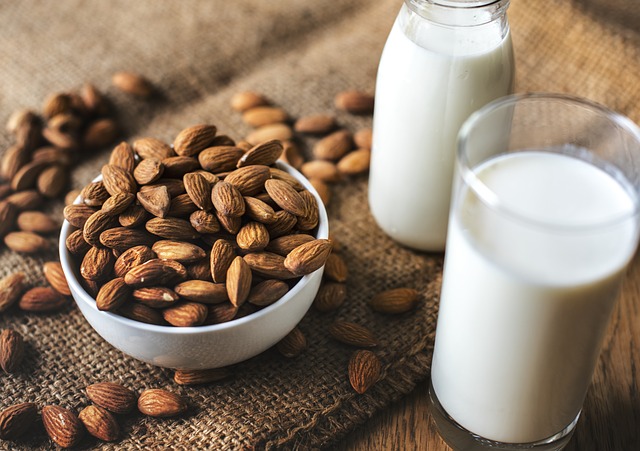
There are many reasons to make our own nut and seed milks. The store-bought varieties are expensive, very watered down and often loaded with preservatives, refined or artificial sweeteners, emulsifiers and stabilizers that may detract from our health. On the other hand, homemade nut and seed milks are:
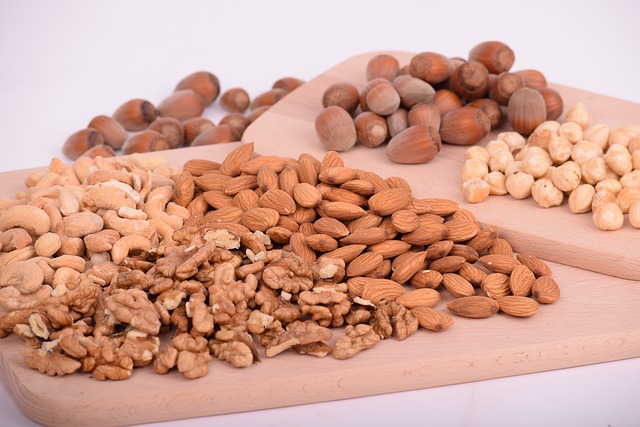
You can use virtually any nut or seed – it depends on your preference or if there are any food allergies in your household. Some are more strongly flavoured than others, which we have indicated below.
Most seed milks have a robust taste; you’ll need to experiment with which ones you enjoy or mix them with a more neutral nut for a subtler flavour.
The following seeds do not work well as the base for seed milk. They are, however, great in very small amounts for thickening or nutritional boosts.
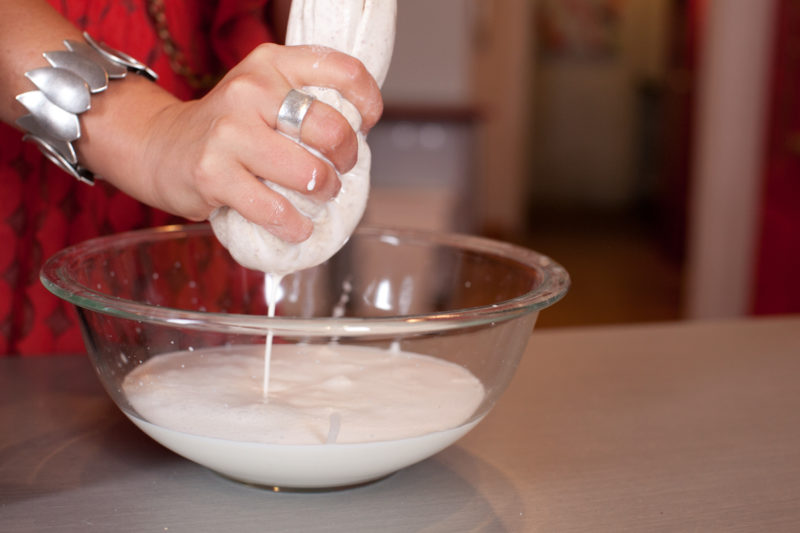
What to Do:
As homemade nut milks and seed milks don’t have any preservatives, they won’t last for weeks. If you won’t consume it in a few days, you can freeze it (see more in the storage section below).
We typically use a 1:4 ratio – so 1 cup of nuts or seeds to 4 cups of water. However, if you’d like to create a thicker and creamier milk, you can try 1:3 or 1:2. Keep in mind you will go through your milk quicker and it will be more expensive if you do this on a regular basis.
We love using a high-speed blender for super smooth nut and seed milks. A regular blender or even a bullet-style blender will also work well (though you’ll need to make milk in smaller batches with a single-sized blender). A food processor can also do the job, though it will likely be messier.
With a regular blender, you will end up with a little more pulp – but that’s OK because you can use the nut pulp to make a bunch of other tasty recipes.
As fresh dairy-free milk can go rancid quickly, it’s the perfect recipe to make in large batches and store it in small containers and freeze for later use. We like to store it in multiple-sized containers, including:
When storing nut and seed milks, ensure you leave at least an inch of head space at the top of the container to allow for expansion (like you would when making broth). It will keep for at least a couple of months, but you’ll likely consume it well before that.
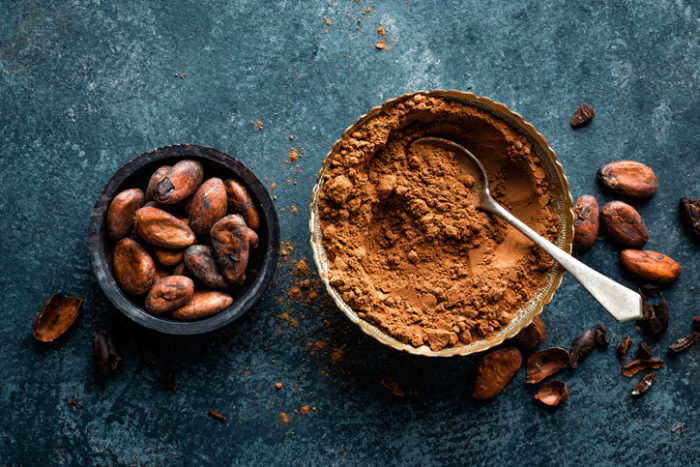
This is where you can let your imagination run wild! Create your own signature nut milk flavour blends and customize to what you enjoy (or what your family will love). Here are some of our favourites:
There are more flavour options that also provide nutritional boosts, which we’ll discuss in the section below.
These are our standard sweetener options:
Of course, you can use any natural sweetener available to you that you like. Start off using 1 Tbsp (per batch of milk, not per serving) and adjust to taste.
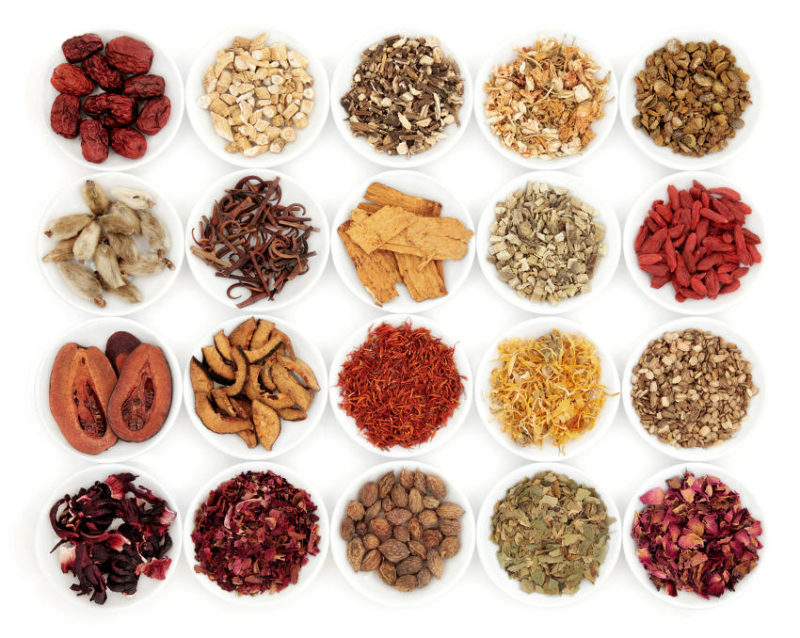
The nutritional boosts you add will also impact and improve the flavour!
Health Benefit + Flavour Profile: Varies depending on the tea chosen. Check out these Top 20 Herbs for Tea as a starting point.
Health Benefit: Filtered water removes many compounds found in water sources such as chlorine, volatile compounds, and odors. These compounds will vary depending on where you live – check out our Guide to Choosing a Water filter for more details.
Flavour Profile: Neutral and clean.
Health Benefit: Rich in fibre for digestion and blood sugar balance, potassium for heart health and exercise recovery, B vitamins for energy and nervous system support, and the antioxidant Vitamin C.
Flavour Profile: Sweet
Health Benefit: Balances blood sugar levels and reduces inflammation.
Flavour Profile: Sweet and slightly spicy.
Health Benefit: Relieves stress, boosts energy levels, balances hormones and increases sex drive.
Flavour Profile: Malty.
Health Benefit: Very rich in antioxidants, supports brain health and focus, and can help with weight loss.
Flavour Profile: Astringent, vegetal.
Health Benefit: Reduces inflammation and pain throughout the body, rich in antioxidants and cancer-fighting nutrients.
Flavour Profile: Bitter and spicy.
Health Benefit: Anti-inflammatory and antimicrobial, and contains antioxidants.
Flavour Profile: Pungent, warm, sweet and slightly bitter.
Health Benefit: Reduces inflammation, aids digestion, good for dental health, lowers blood sugar and blood pressure.
Flavour Profile: Sweet.
Health Benefit: Reduces inflammation and nausea, supports digestion.
Flavour Profile: Spicy.
Health Benefit: Anti-inflammatory, rich in antioxidants to shield us from damage and has anti-bacterial properties.
Flavour Profile: Spicy, nutty, with a little sweetness.
Health Benefit: A complete protein, contain many antioxidants and 21 trace minerals, and help to support the immune system.
Flavour Profile: Sweet and tangy.
Health Benefit: Medicinal mushrooms like chaga and reishi help to support the immune system, are rich in antioxidants and have anti-cancer properties.
Flavour Profile: Earthy, can be a little bitter.
Health Benefit: Rich in fibre for digestive health, heart health and blood sugar balance, a source of anti-inflammatory omega-3 fats, chia contains calcium and magnesium for bone health while flax helps with hormone balance.
Flavour Profile: Neutral flavour, but flax and chia have an effect on texture – they are mucilaginous, which will thicken up your nut milk.
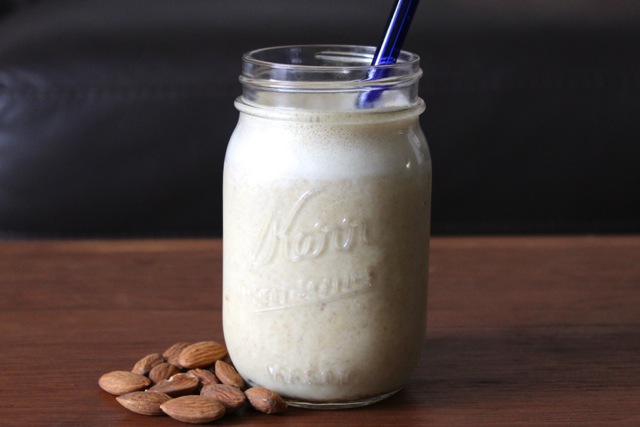
You can use nut and seed milks in both hot and cold recipes, including:
Once you begin to make your own nut milks and seed milks, you won’t want to return to the store-bought options.
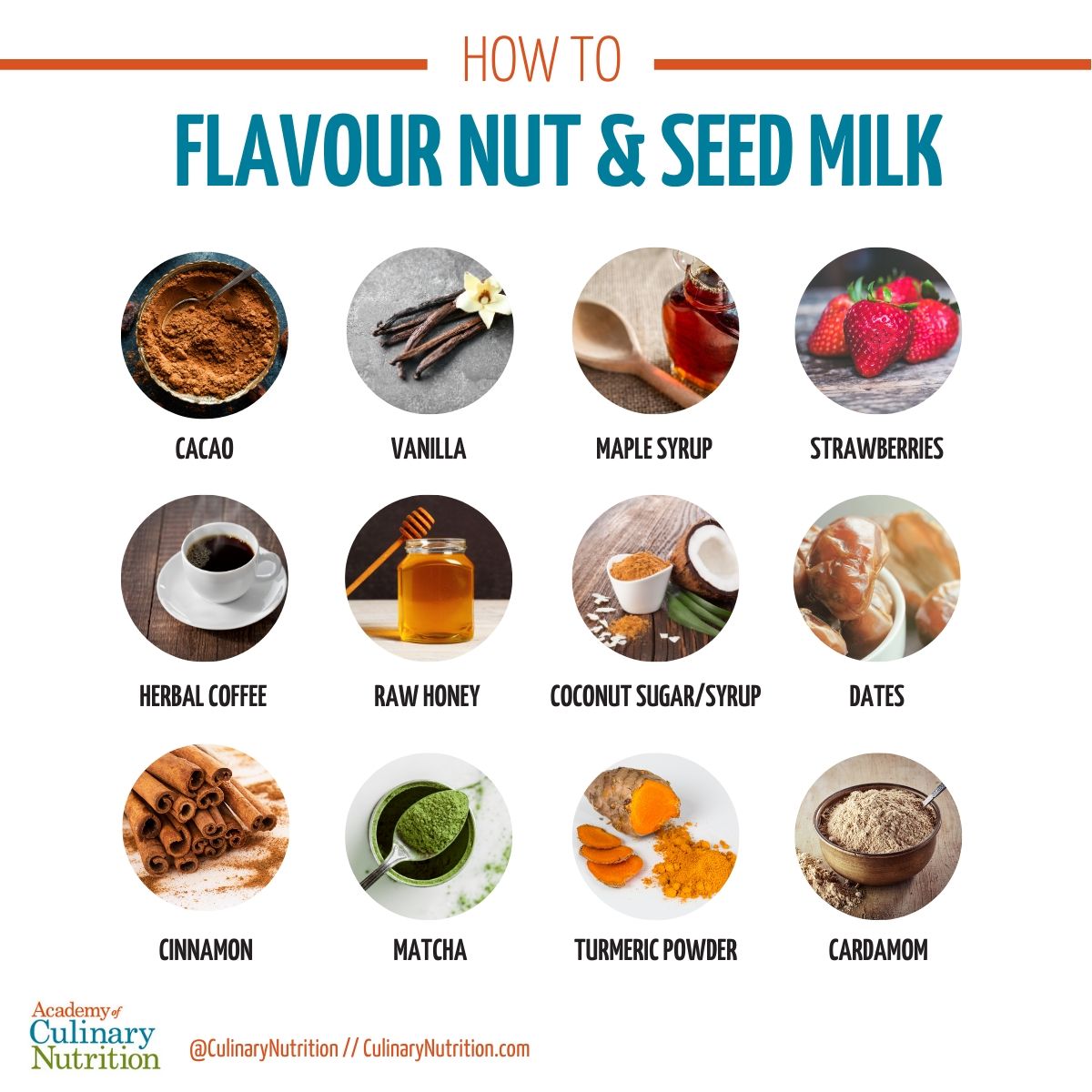
The post How To Make Nut and Seed Milk appeared first on Meghan Telpner.